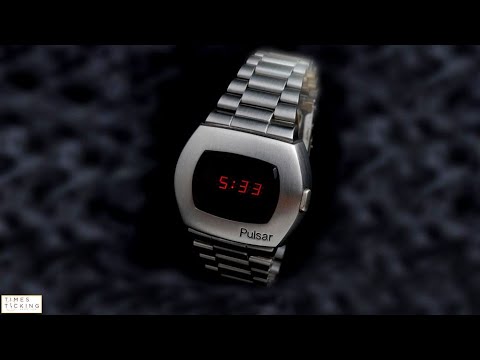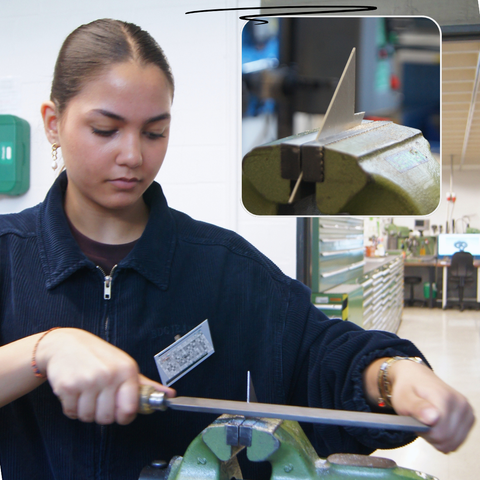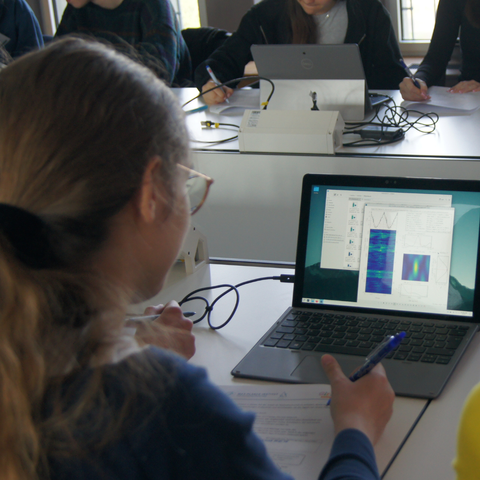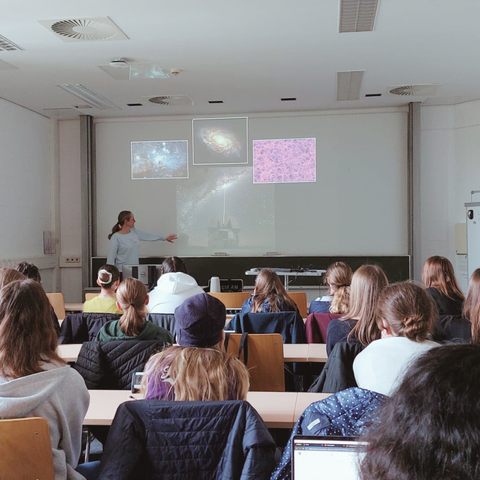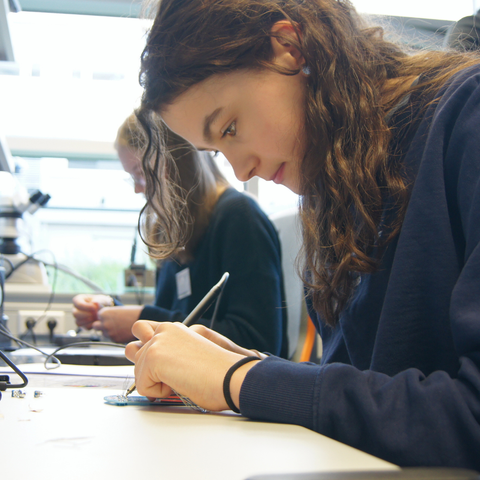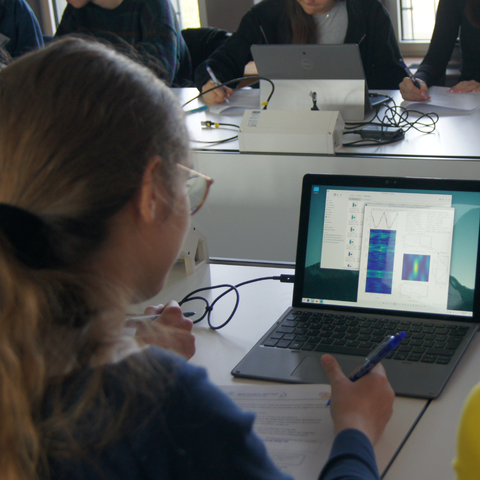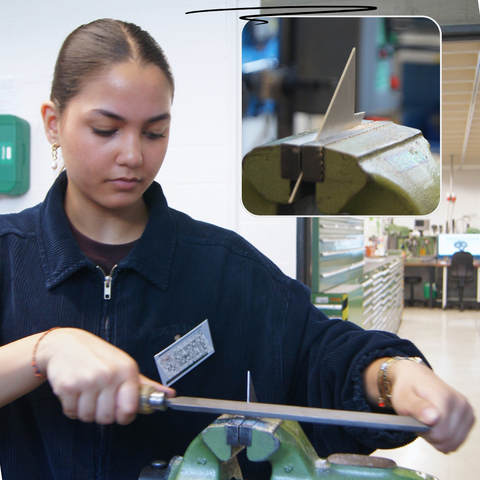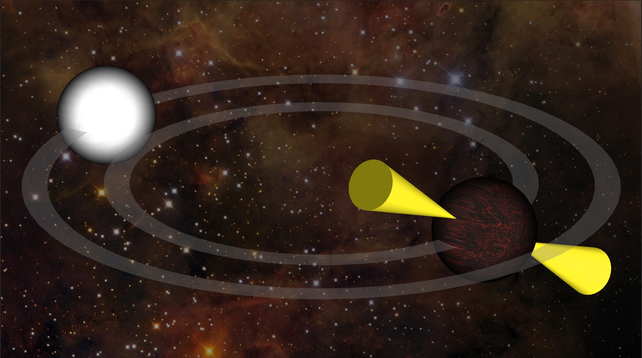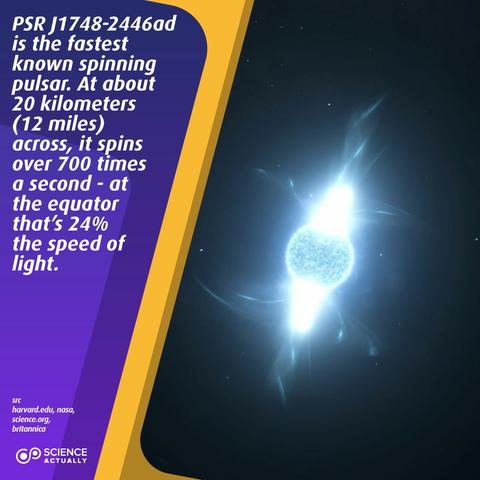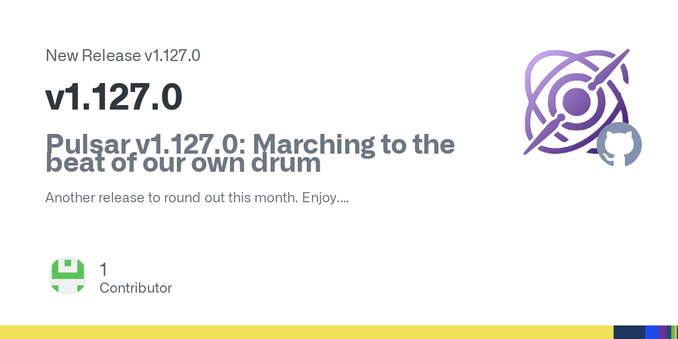𝐖𝐡𝐚𝐭 𝐚 𝐠𝐫𝐞𝐚𝐭 𝐝𝐚𝐲 𝐢𝐭 𝐰𝐚𝐬! 💫
At last week’s @girlsday 26 students had the chance to explore careers in science that are still often considered “male-dominated.” They experienced hands-on research at the Max Planck Institute for Radio Astronomy – not only as astronomers, but also as electrical engineers and precision mechanics. 👩🔬🔧💡
🛠️ They could choose from four exciting workshops:
🔭 Pulsar Workshop: 10 students worked with real data from the 100-meter radio telescope in Effelsberg 📡 to search for pulsars – which can even be used to test Einstein’s theory of general relativity. Our colleagues provided worksheets and the necessary software for the task. 💻
🤖 Line Follower: 4 participants soldered and assembled an autonomous robot that follows a pre-set line – all by itself! And yes, they got to take it home with them. 🔩✨
⚡ Tesla Transformer: 8 girls built their very own Tesla transformer – strong enough to light up a fluorescent tube just by being nearby – without any contact! 💥💡
🧩 Puzzle Workshop: 4 students crafted their own aluminum puzzle pieces in our workshop and learned that massive structures like radio telescopes are built from many small, custom-made parts – not mass-produced ones. 🛠️🔍
Curiosity, energy, and lots of tech – thank you to everyone who made this day so special! 💜👩🔧 We’re already looking forward to next year!
#girlsday2026
#workshop #schoolstudents #radioastronomy #electricalengineer #astronomer #mechanic #radiotelescope #pulsar #puzzle
